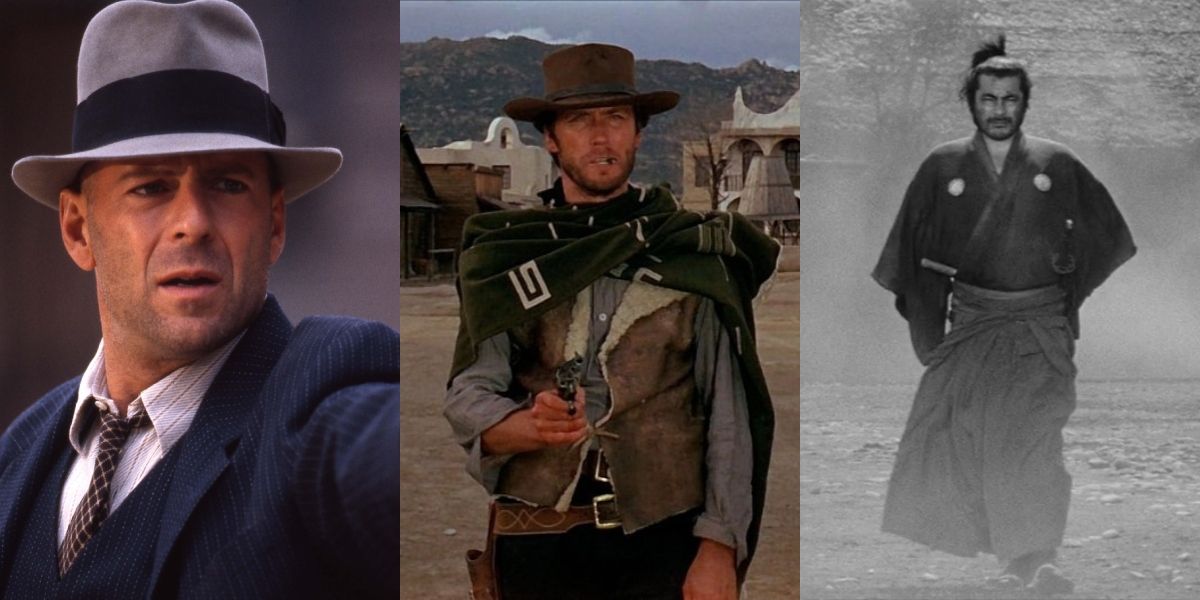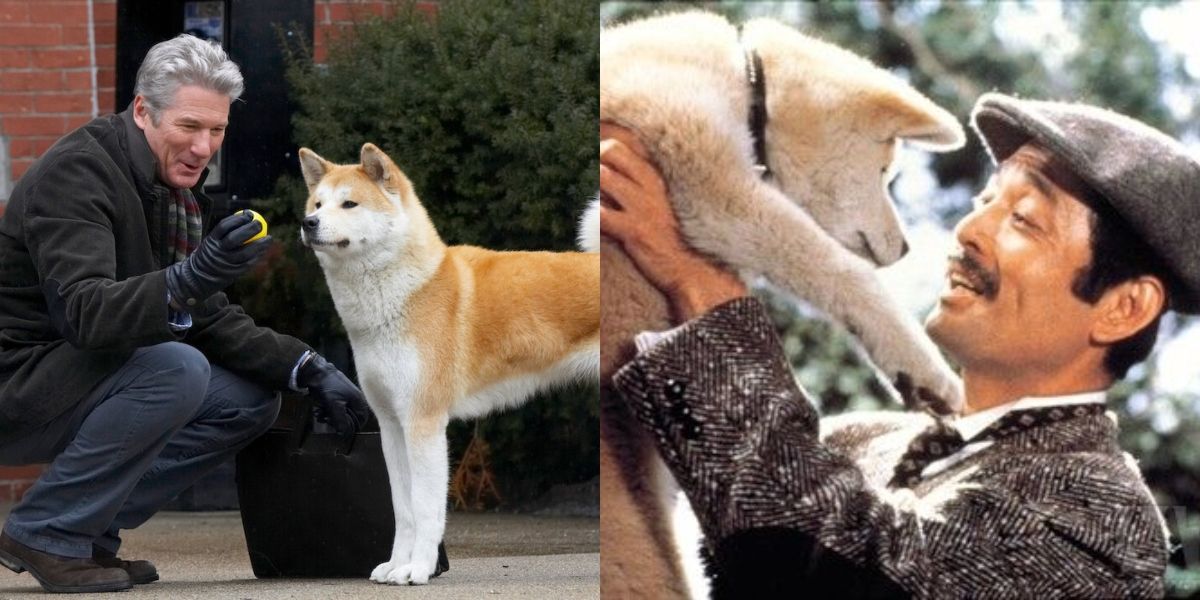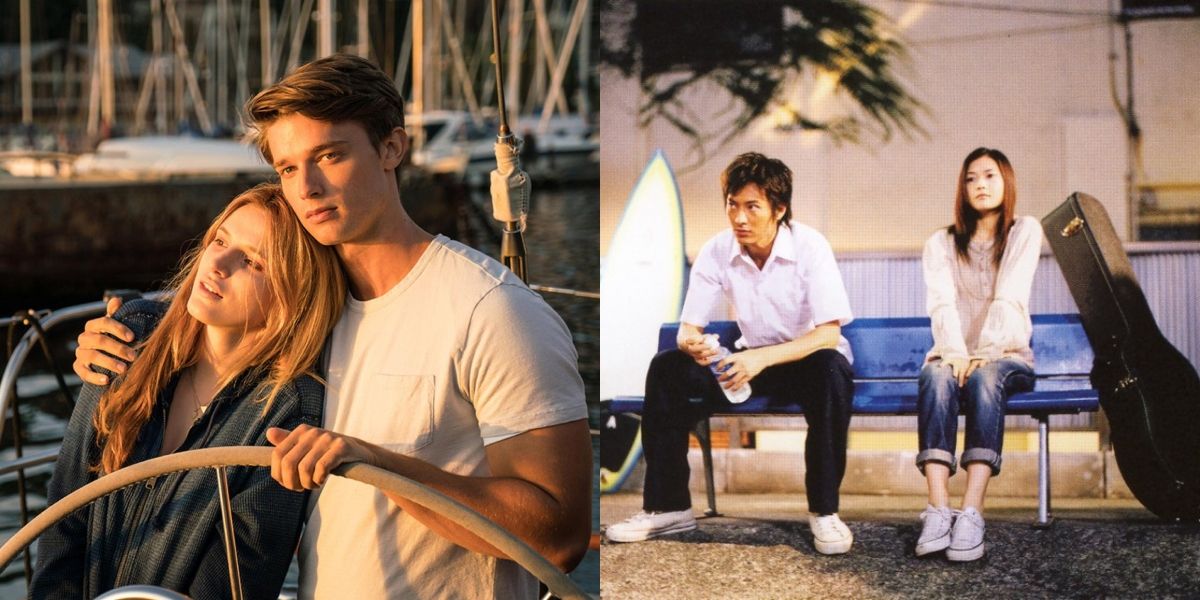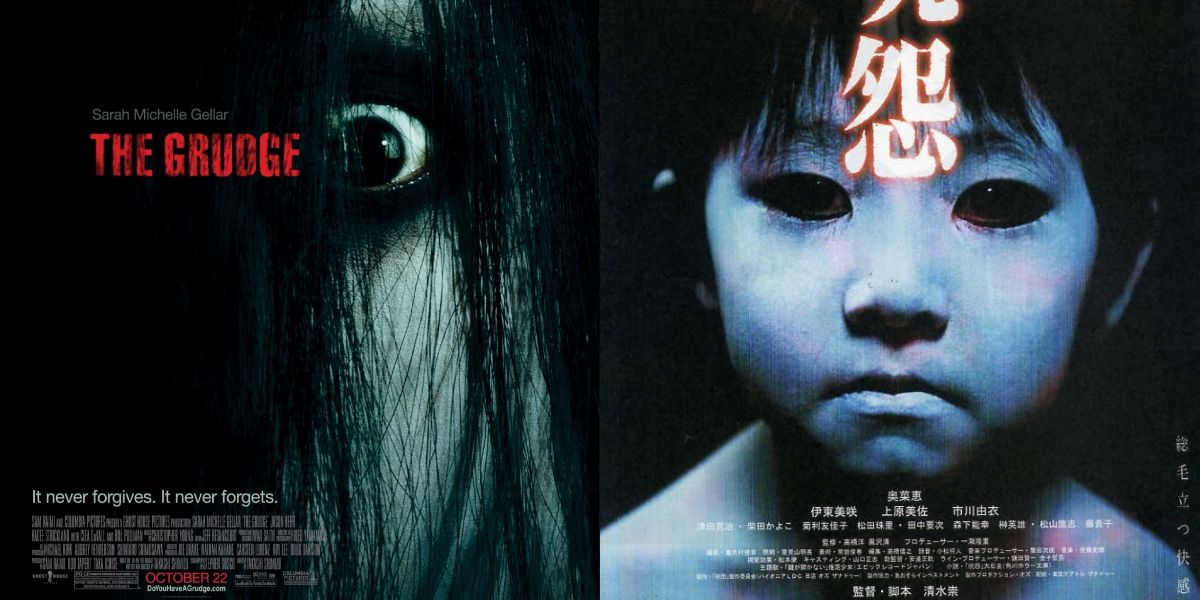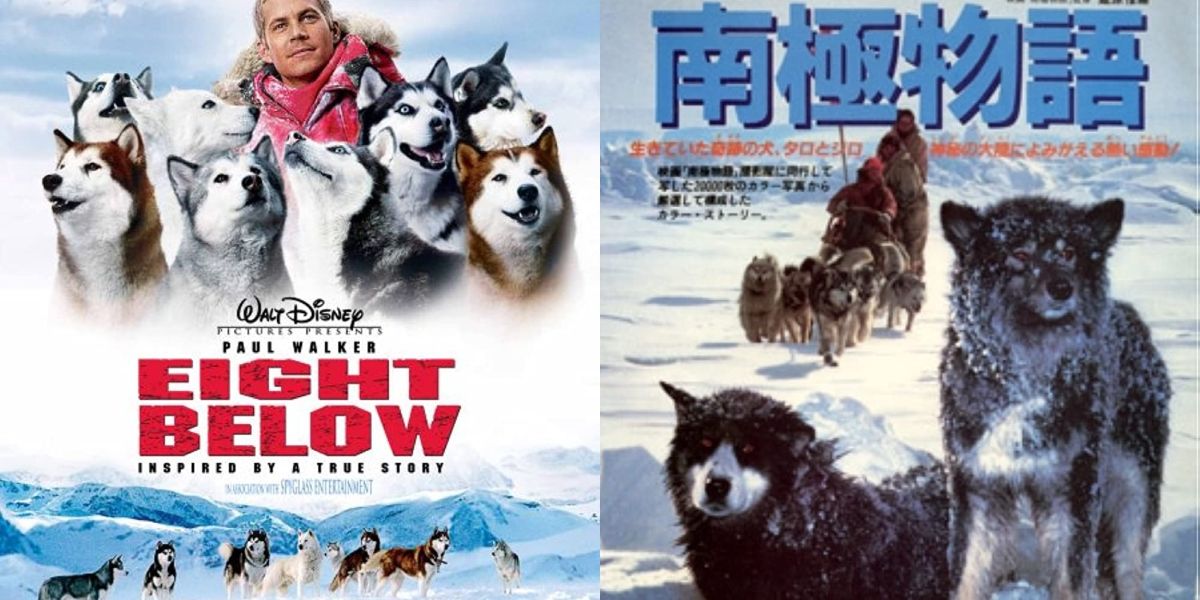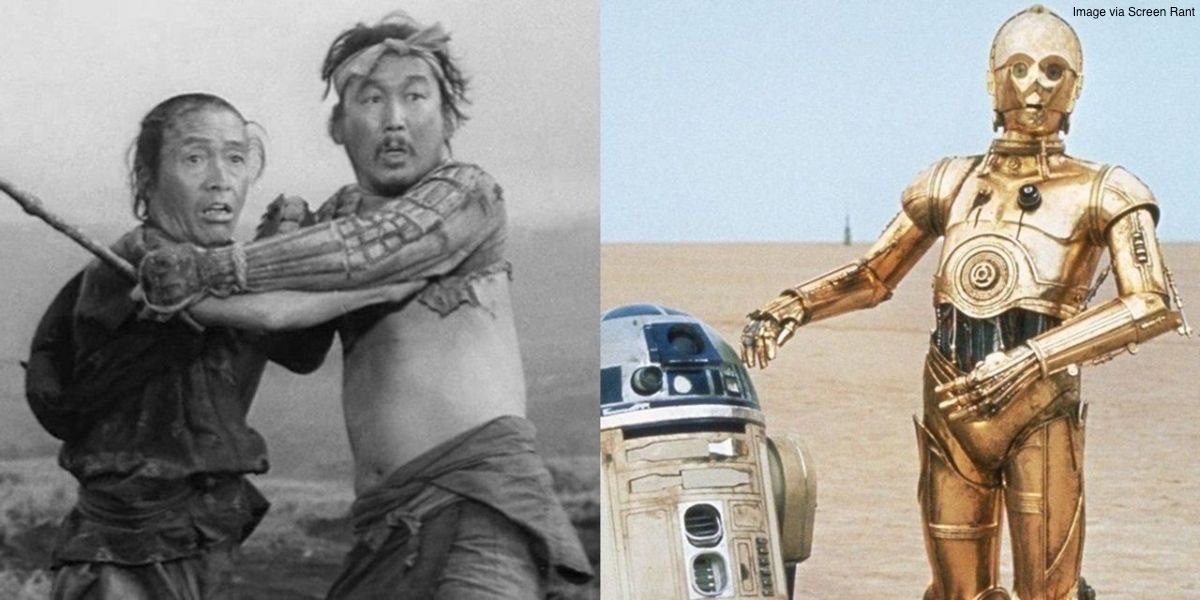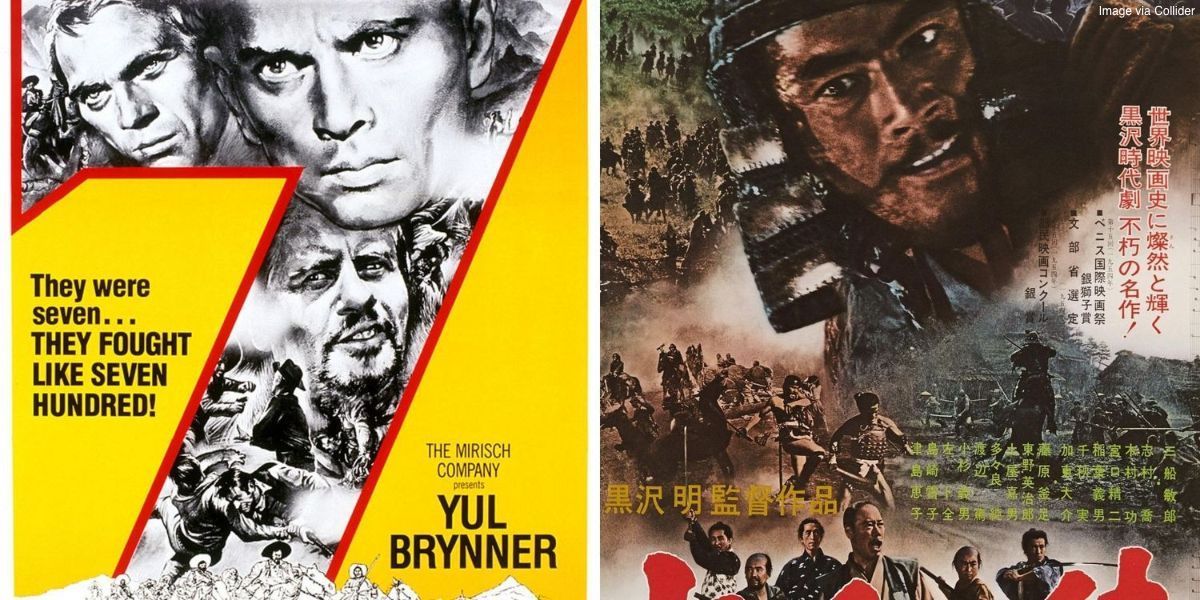Bollywood may be the biggest film industry in terms of scale and production, but since Hollywood has a more global audience, it is, therefore, at the forefront of the industry. Hollywood is known for making the most well-produced movies in the world, but it seems many of its money-making movies were inspired by Japanese cinema.
When we hear "remake" or "adaptation," we quickly set a higher standard for the movie. While some remakes, such as Midnight Sun or Godzilla (1998), failed to satisfy the audience, others, such as The Magnificent Seven (1960) and The Ring (2002), did a slightly better job of living up to their original counterparts. For better or worse, these movies got the Hollywood treatment and became known worldwide.
‘The Ring’ (2002) from ‘Ringu’ (1998)
One of Hollywood’s most well-known horror movies, The Ring (2002), is based on the Japanese horror movie Ringu, which was released in 1998. There is no denying that American director Gore Verbinski drew a lot of inspiration from the original Japanese movie, but he still made it his own. The Ring (2002) did wonders at the box office, and the audiences loved it.
Ringu was arguably scarier as it relied on the subtleties that ultimately gave the overall film a feel of eeriness and uneasiness. The Ring, on the other hand, relies its horror factor on jumpscares and uses the magic of CGI to enhance, for instance, the scene where Sadako crawls out of television. Though some may argue that the original Japanese version of the film will always wear the crown, The Ring certainly did not disappoint and even garnered positive reviews.
‘Hachi: A Dog’s Tale’ (2009) from ‘Hachiko Monogatari’ (1987)
Hachi: A Dog’s Tale (2009) was inspired by the Japanese movie Hachikō Monogatari (1987) and the real-life story of a loyal dog, Hachiko. Every day, Hachiko would meet his owner, Ueno, at the Shibuya Station in Tokyo from his daily work commute. But on one unfortunate day, Ueno didn’t return home because he had passed away. Hachiko continued to wait for his owner by the station every day for ten years until he died in 1935.
Whether you prefer the American or Japanese version of this touching tale, the true story behind both films will make you an emotional wreck. When in Japan, be sure to pay a visit to the statue dedicated to Hachiko in Shibuya, Tokyo.
‘Midnight Sun’ (2018) from ‘A Song to the Sun’ (2006)
Based on the film A Song to the Sun (2006), the American remake Midnight Sun (2018) bears a similar premise but a different storyline. It tells a love story between two teenagers; a girl who suffers from Xeroderma Pigmentosum, a medical condition that prohibits her from being exposed to direct sunlight; and a boy who comes to love her despite only learning about her medical condition later.
However, like many remakes, Midnight Sun was disappointing and received poor and unfavorable ratings. It did not live up to A Song to the Sun, which received highly favorable reviews.
‘Last Man Standing’ (1996) and ‘A Fistful of Dollars’ (1964) from ‘Yojimbo’ (1961)
Yojimbo is a 1961 Japanese samurai film that follows a wandering ronin who stumbles upon a village and meets two crime lords who fight over control of it. When the two bosses try to hire the ronin as their bodyguard, he uses the situation as leverage and pits the two bosses into a full-scale war. Three years after the release of Yojimbo, the Spaghetti Western A Fistful of Dollars, starring Clint Eastwood, hit the American theaters.
A Fistful of Dollars became a box-office hit, and everyone loved everything about the movie, except for one issue: it was an unofficial remake of Yojimbo. Director Sergio Leone never gave credit to the Japanese movie that inspired his. For this reason, the production company, Toho Co., Ltd., that produced Yojimbo, filed a lawsuit against Sergio Leone for making an unlicensed adaptation of Yojimbo. On the other hand, Last Man Standing was released in 1996, and unlike A Fistful of Dollars, acknowledged that they were an American remake of the Japanese samurai classic.
‘The Grudge’ (2004) from ‘Ju-On: The Grudge’ (2002)
Any horror cinephiles horror knows that Japanese cinema is where some of the best horror movies are made. For instance, after the American remake of The Ring was proven successful, Sony Pictures decided to remake the American version of Ju-On: The Grudge (2002) and hired the writer and director of the original film, Takashi Shimizu, to direct it.
After The Grudge became a big hit in the United States and globally, two sequels, The Grudge 2 and The Grudge 3, were immediately in the works and eventually released.
‘Eight Below’ (2006) from ‘Antarctica’ (1983)
Eight Below (2006), which stars the late Paul Walker, is a remake of a 1980s Japanese film, Antarctica. Set in Antarctica; the story follows three scientists on their expedition to the South Pole and their relationship with the trusted sled dogs they were forced to leave behind due to extreme weather conditions.
Unlike many failed remakes, Eight Below garnered positive feedback and received equal ratings as its original counterpart. Both American and Japanese versions were also nominated for numerous awards, too.
‘Godzilla’ Film Franchise from ‘Godzilla (or Gojira)’ (1954)
After nearly 70 years and 38 films, Godzilla has been the longest-running film franchise in history. Godzilla might be a Hollywood success, but its origins came from the original 1954 Ishirō Honda kaiju film of the same name, or Gojira. The Japanese original used Godzilla to mirror the atomic bombings of Hiroshima and Nagasaki and was a metaphor for nuclear weapons.
As the longest-running and most successful film franchise of all time, Godzilla is releasing its 39th film in 2024, a sequel to the 2021 Godzilla vs. Kong film.
‘Star Wars: A New Hope’ (2007) from ‘The Hidden Fortress (1958)
The Star Wars films may be one of the world’s most celebrated and successful film franchises in history. But they would not be as iconic as they are today without drawing inspiration from Akira Kurosawa’s The Hidden Fortress.
The premise of Star Wars is very similar to that of The Hidden Fortress: a take on a good versus evil story that features two peasants or droids, a princess that stirs up a rebellion against an evil empire, and battles between nemeses. George Lucas also did not forget to use the transition wipes that The Hidden Fortress heavily used as a tool for going from one scene to another.
‘The Magnificent Seven’ (1960) from ‘Seven Samurai’ (1954)
Like many remakes, The Magnificent Seven (1960) bears the same premise as the film it was based on, Seven Samurai (1954). In Seven Samurai, the fate of a village in desperate need of protection from bandits was handed over to one samurai and six others, who came to the town’s rescue. They taught the people how to protect and defend themselves before a giant battle occurred between the village and the bandits.
The only thing that differed The Magnificent Seven from Seven Samurai was its setting in Mexico, and instead of samurais, there were gunslingers. There was another American remake of The Magnificent Seven of the same title in 2016, which starred the likes of Denzel Washington, Chris Pratt, and Ethan Hawke.
‘Pulse’ (2006) from ‘Pulse’ (2001)
Pulse is another American remake of a Japanese horror film of the same title. The premise across both films is similar: people surrounding the two main characters start to mysteriously disappear and die after they find disturbing images on their computers. Even though the two films are similar in story, they could not be more different in execution.
The original Japanese film, of course, didn't rely on CGI and jumpscares and instead utilized its slow build of tension in a more realistic and unnerving way. In contrast, the American version inserted predictable jumpscares and an unnecessary amount of CGI to make the ghosts “look scary.” With an 11% rating on Rotten Tomatoes, the American remake of Pulse was incomparable to its predecessor and, like many remakes — fell short.

